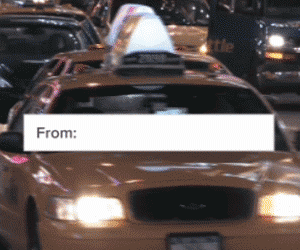The Hyperloop may help humanity travel great distances at remarkable speeds, but how should we sustainably get from point A to B in congested cities? An innovative public transport design, revisited over the weekend at the 19th international High-Tech Expo in Beijing, might provide a solution.
The electric “straddling bus” is designed for capacity and efficiency, not necessarily for speed. It’s built extra wide to carry up to 1,400 passengers, and extra tall to allow any cars under seven feet to travel underneath, whether the bus is in motion or not. This is important because, as a public transport vehicle, the bus would stop and start frequently to load and unload passengers. And, with a top speed of 40 miles per hour, restless drivers would undoubtedly want to pass through.
The bus may also help cities become more environmentally friendly. Its size would allow it to replace 40 conventional buses and, since it’s powered by electricity, the design would reduce fuel consumption by some 800 tons and carbon emissions by nearly 2,500 tons every year, chief engineer, Song Youzhou, told China’s official news agency, Xinhua.
Song’s design isn’t new, however, and neither is the concept. Back in 2010, Song gained media attention when Beijing proposed plans to develop an infrastructure to accommodate his bus by year’s end. No tracks were ever laid so many assumed the project would remain an idea.
Treehugger reports that the idea of straddling buses was first proposed by two American architects, Lester Walker and Craig Hodgetts, in 1969. The concept was ambitious, even by todays standards, including computer-driven vehicles, perpetual motion, and “friction-free air cushion bearings” as wheels. Walker and Hodgetts suggested the design be used to modernize New York City.
To those still skeptical about the straddling bus, Song told Xinhua that a full-scale model of is currently being built in Changzhou, China and will be tested by August. If all goes well, the design may help curb the carbon emissions created by approximately 20 million new drivers who take to the road in China every year.
Wednesday, May 25, 2016
Subscribe to:
Post Comments (Atom)




No comments:
Post a Comment